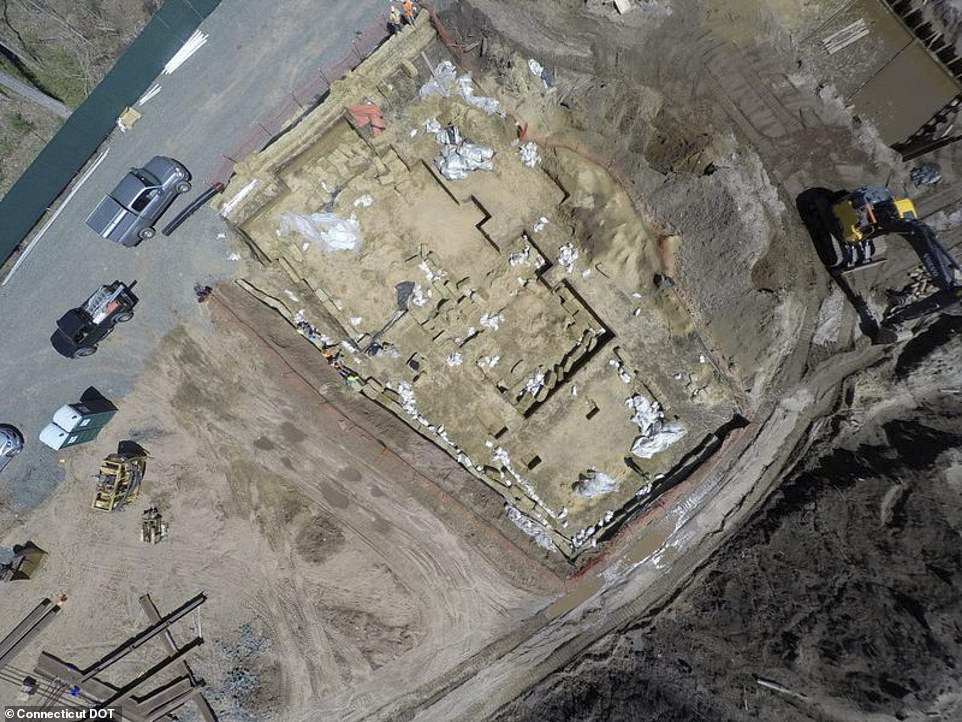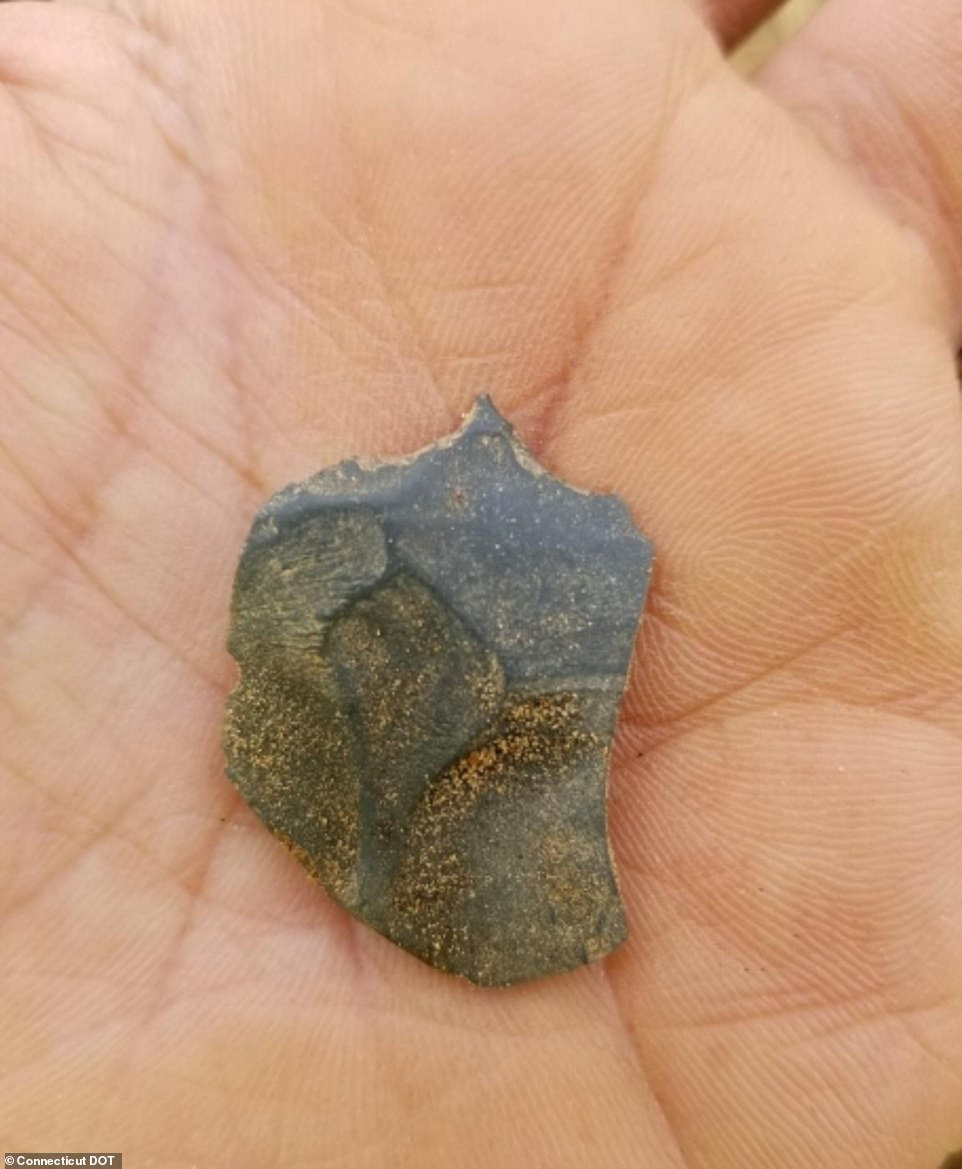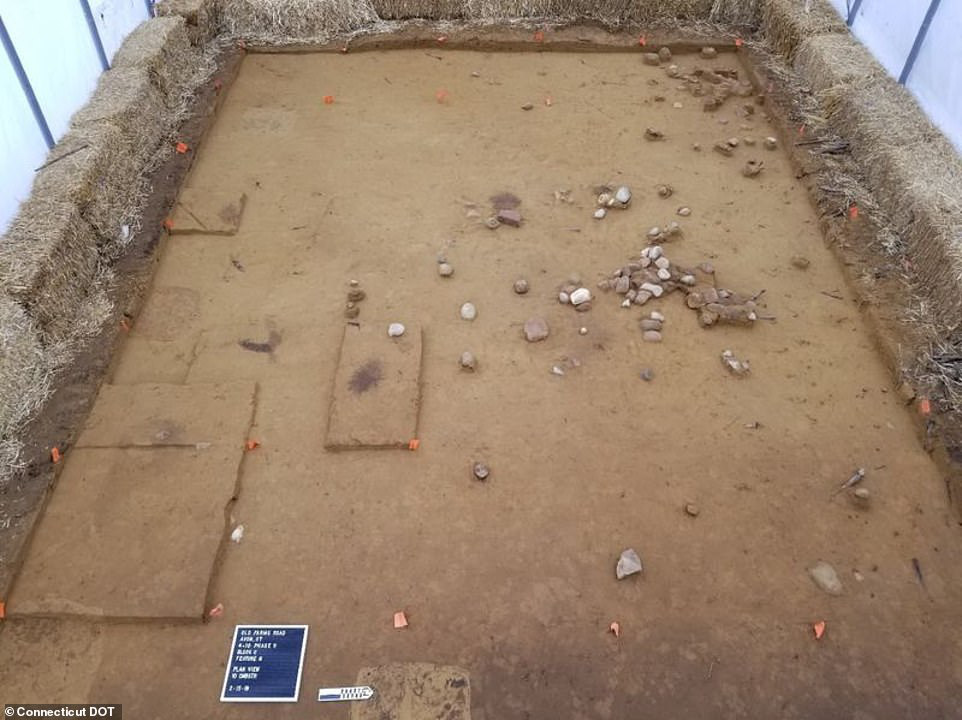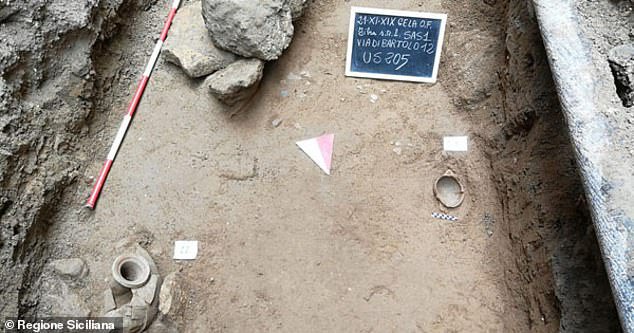The 12,500-year-old “Ghost Village” is one of the most ancient human settlements ever discovered. After more than a millennium of being buried, the settlement with houses built quite squarely and neatly still retains many parts of ancient walls, traces of stoves, fireplaces and countless crude labor tools. profile.

The bridge construction site turned into an archaeological site due to the unexpected discovery of the road digging team
Archaeologist Catherine Labiadia from the State Historic Preservation Office, said the opportunity to see such an ancient site is “once in a lifetime”. Luckily, the ancient village was discovered when workers working at a project sponsored by the Ministry of Transport were asked to dig deeper to help the bridge have a stronger foundation. The long period of time has caused the entire structure to be buried deeper than most other common archaeological sites.

15,000 pieces of antiques were unearthed in the ancient village
15,000 different artifacts have been unearthed and have given scientists a glimpse into the lives of prehistoric humans. According to Professor Karl Huntchings, an anthropologist from Thompson Rivers University (Canada), who led the study, the residents of the “ghost village” are professional hunters. The method chosen was to create sharp and sturdy spears that hunters could use to launch and take down large prey at long distances. The small cracks on the spear point show how it was used. The structure of the javelin has also been improved to an optimal level, helping it to be thrown faster and farther.
What these ancestors hunted 12,500 years ago may have been mammoths or other giant ice age creatures.

In addition, evidence shows that these hunters have a clear strategy in finding sources of livelihood, which is taking advantage of natural terrain to put prey in a weak position. On the contrary, it is the terrain and flexibility of ancient spears that help hunters safely attack prey at a distance and move flexibly when hunting. It was these delicate spears that were the forerunners of later bows and arrows.
Currently, researchers have not yet determined the number of people who lived in this ancient village. The excavation process is still ongoing.






